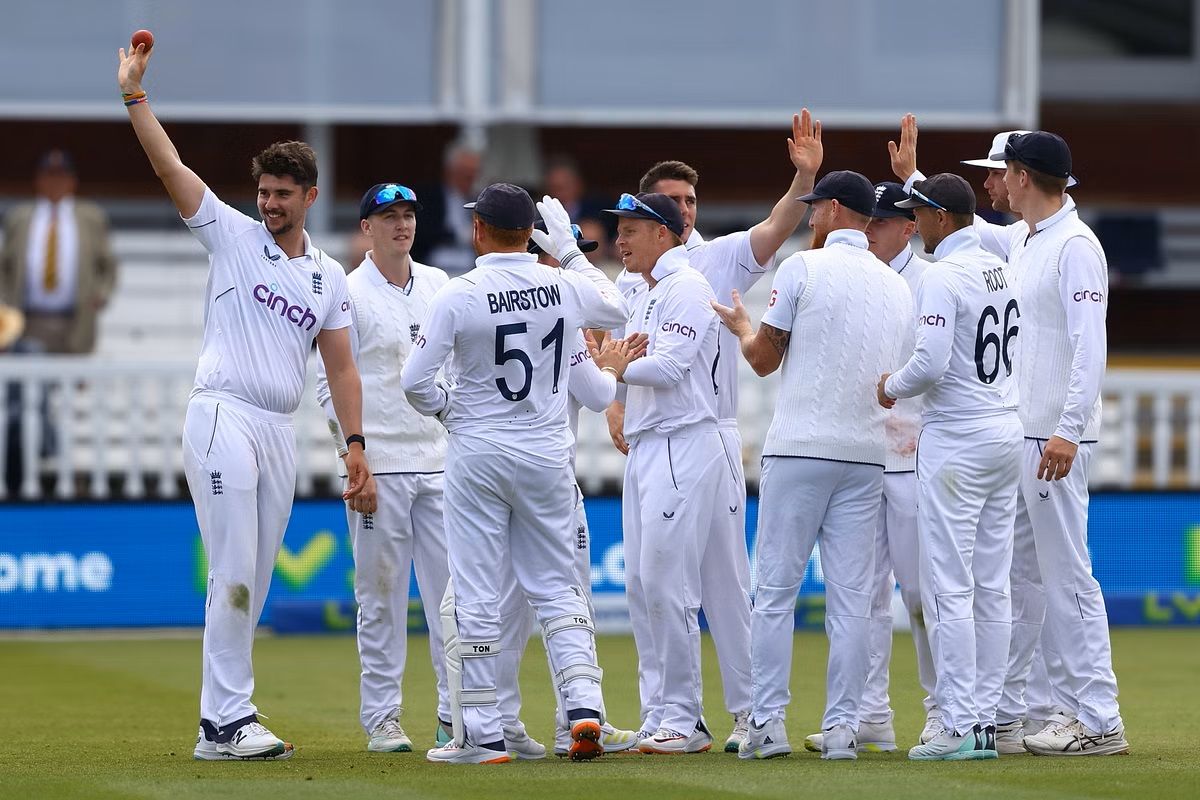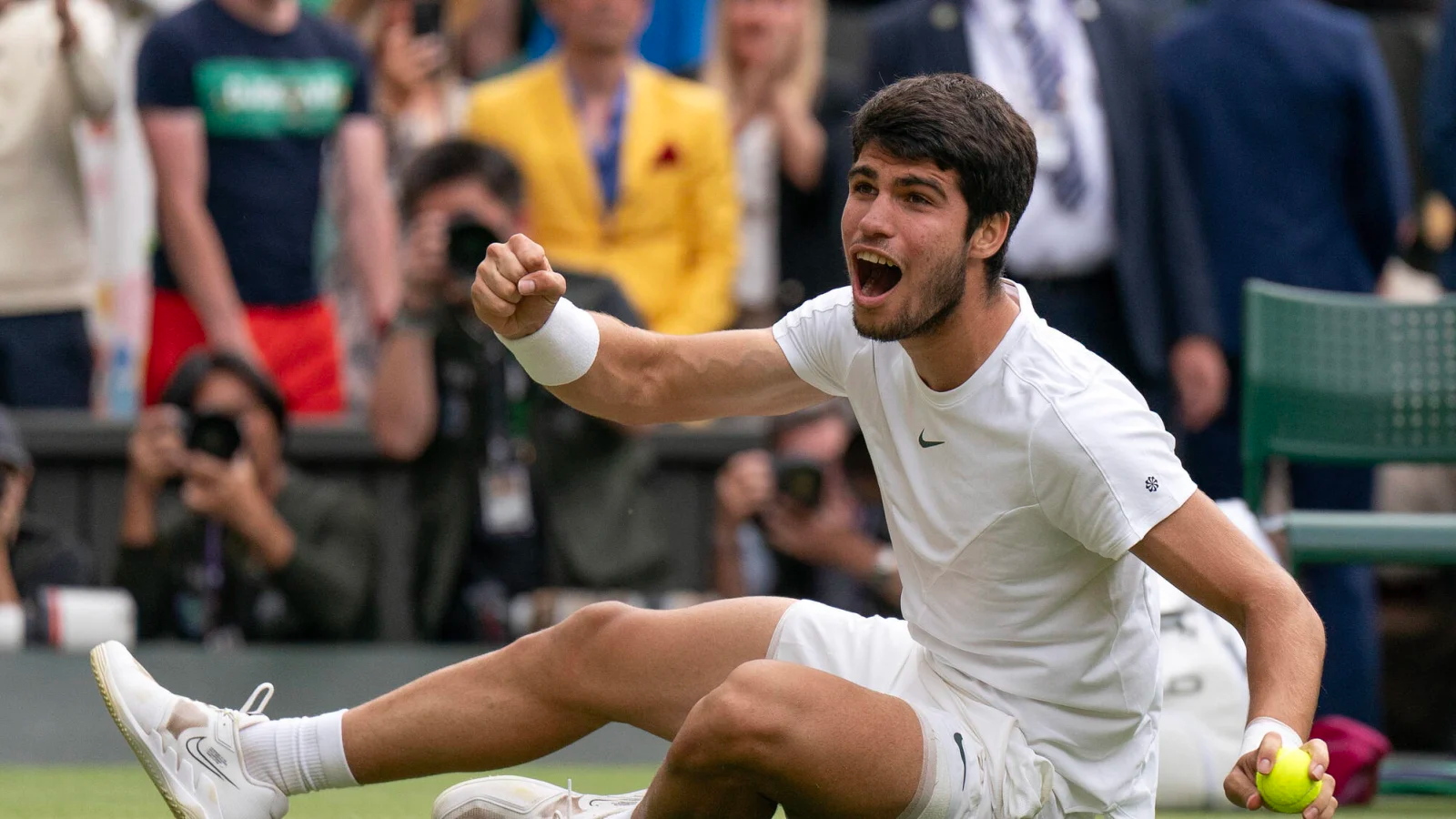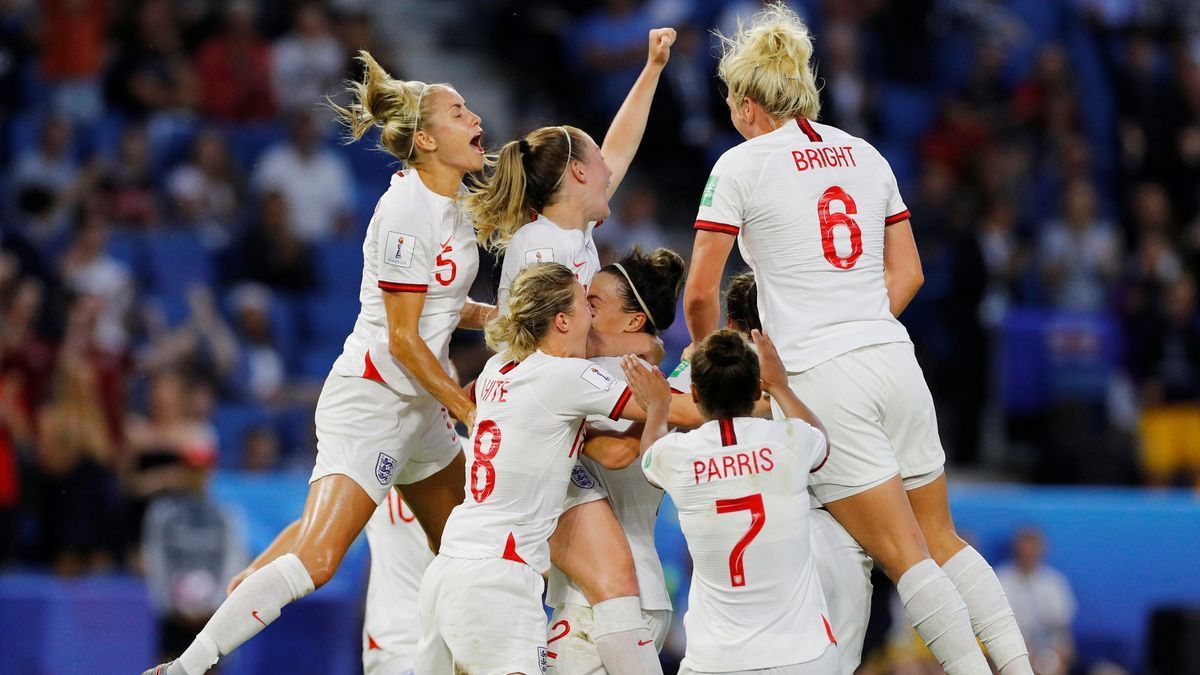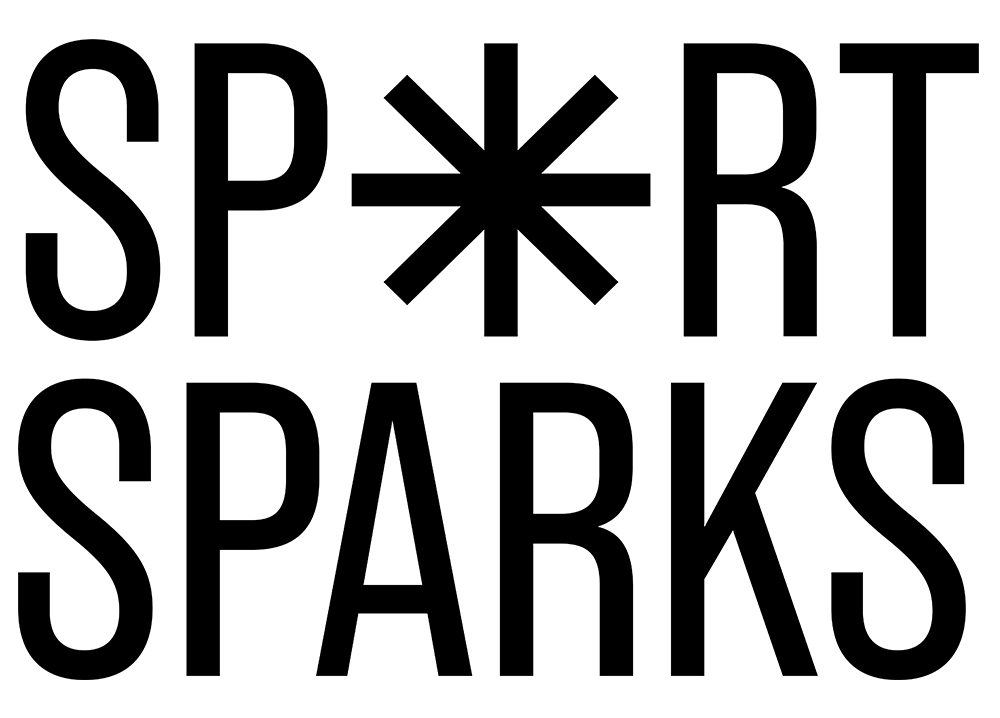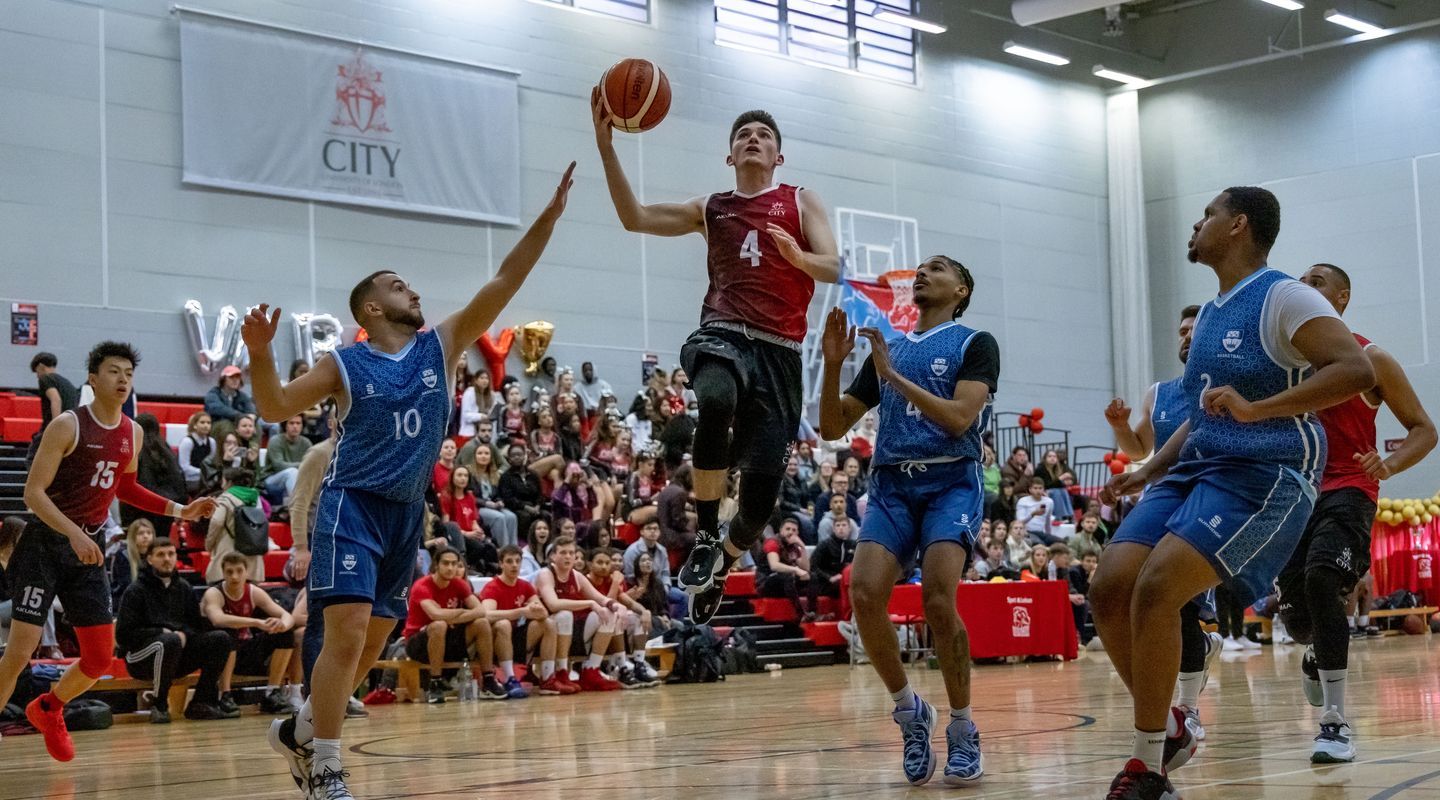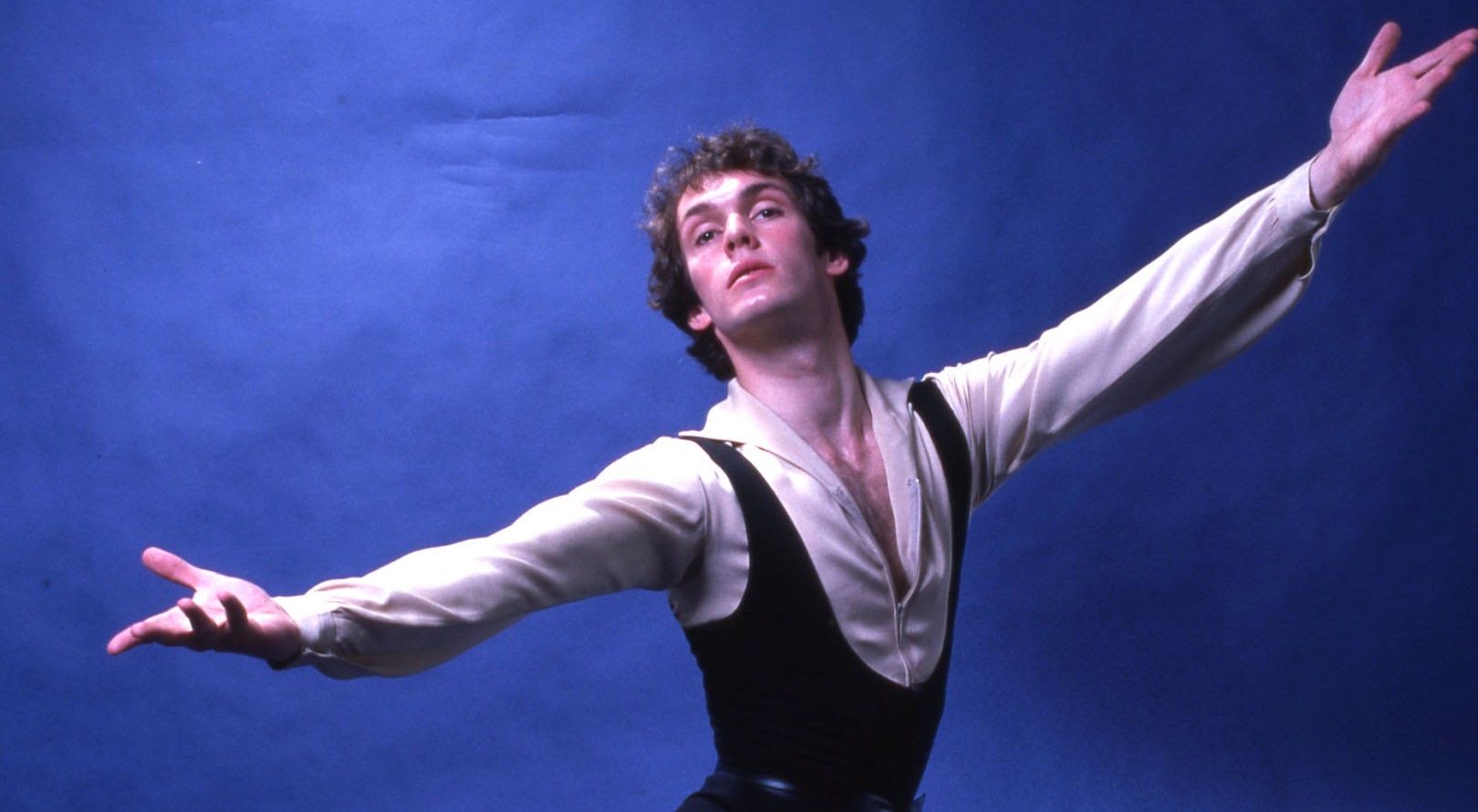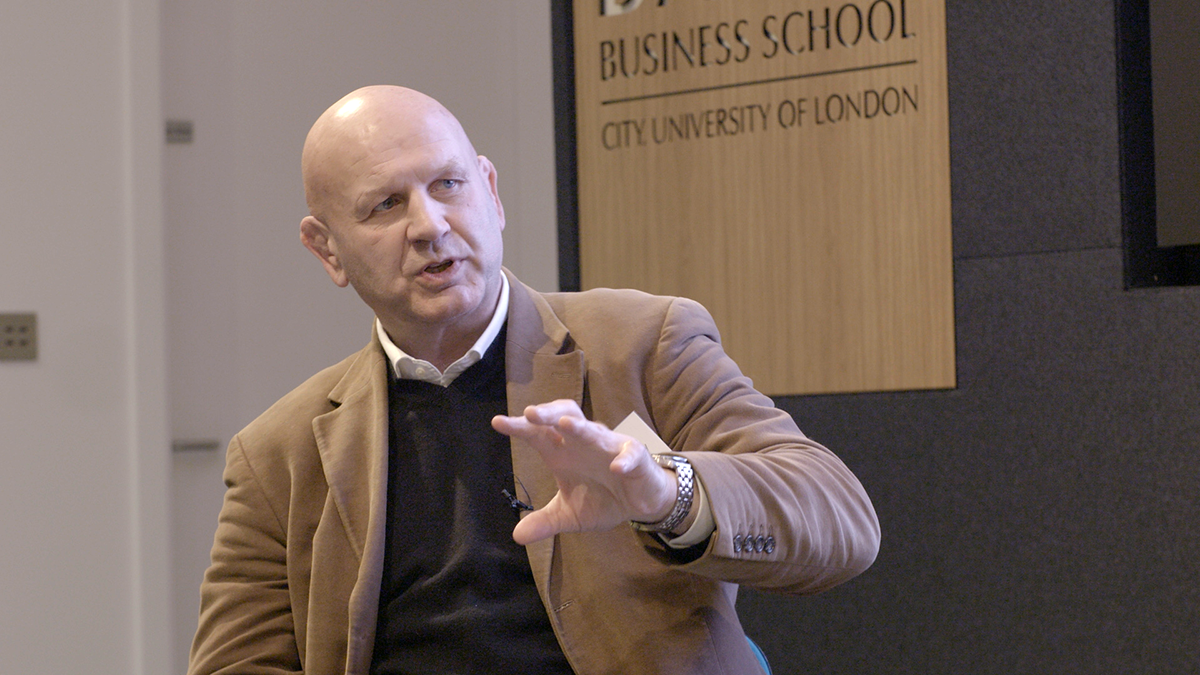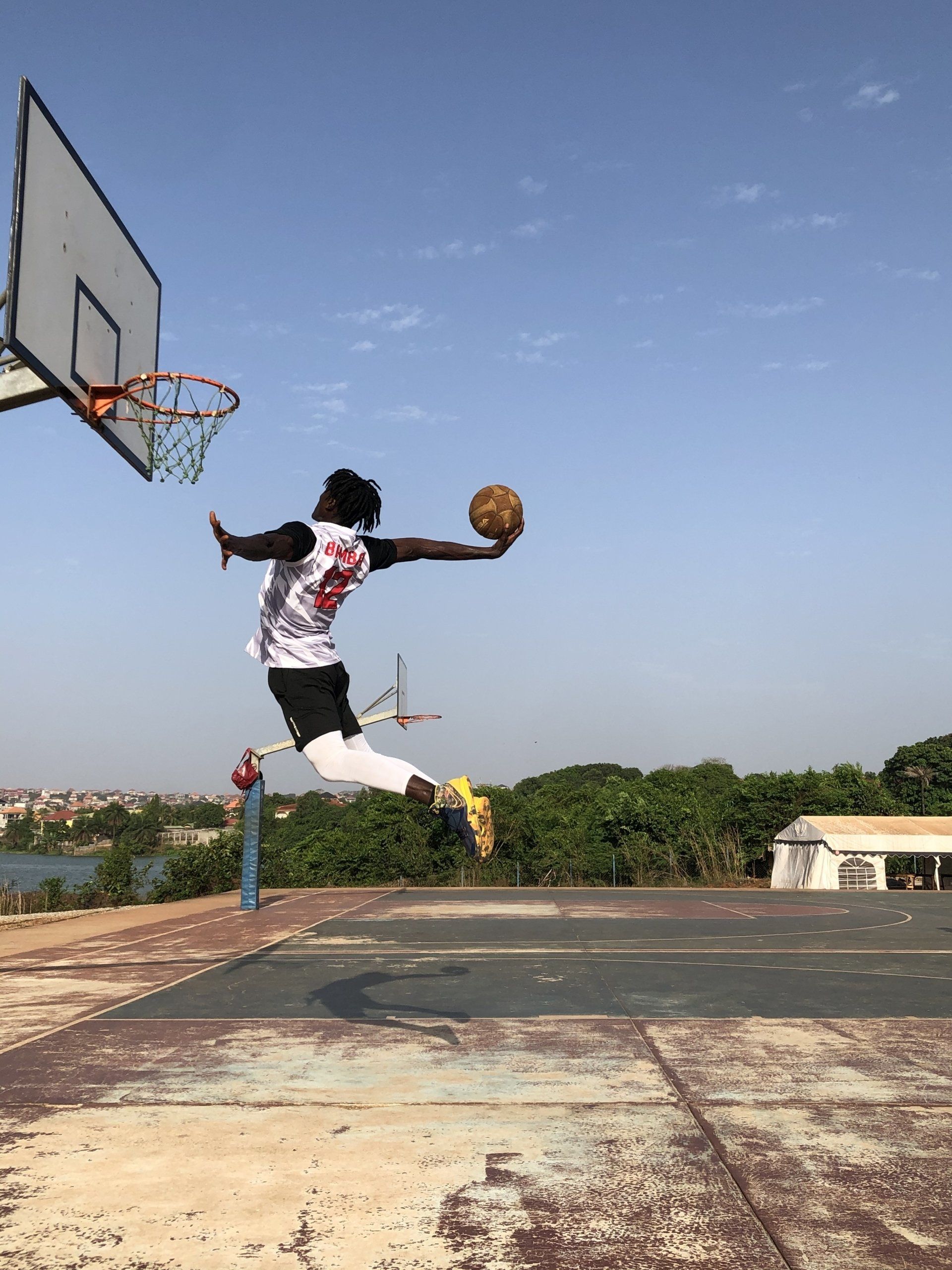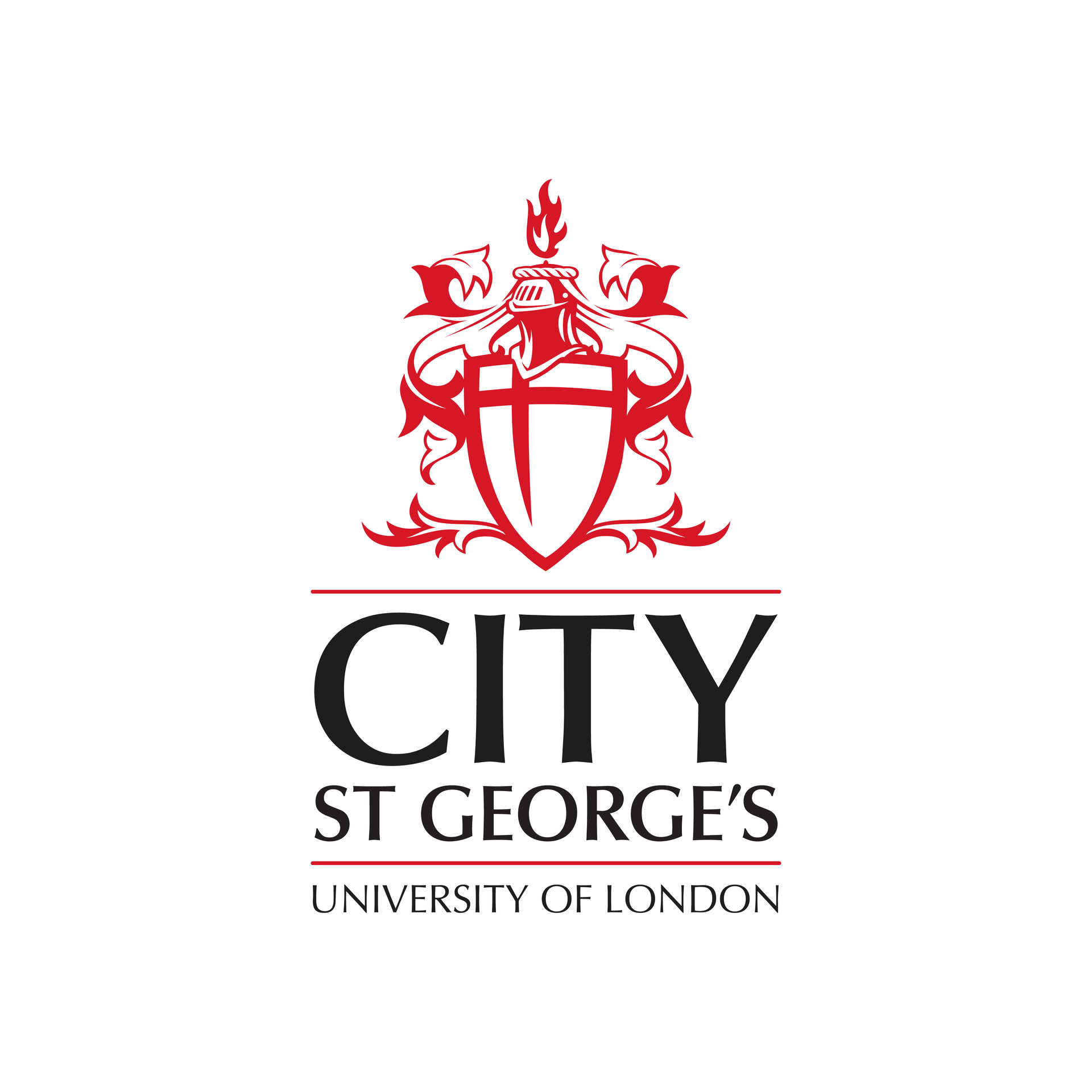Creative or crazy?
Raducanu's risky strategy is
challenging the coaching status quo
In this blog post we consider the volatile Raducanu coaching strategy that has been described by commentators as wild, risky and downright trigger-happy. We discuss coaching, the creative process and consider if the Raducanu approach is cutting edge creative or simply cut-throat crazy?

Emma Raducanu with her 2021 winning US summer coaching team, from left physio Will Herbert, Raducanu, now ex-coach Andrew "Flex" Richardson, and agent Christopher Helliar. Copyright Raducanu
Teenage tennis champion Emma Raducanu goes through coaches like a knife through butter.
Six world-class coaches and practitioners have come and gone from her team in the past 12 months alone.
To paraphrase Oscar Wilde’s redoubtable Lady Bracknell, “to lose one coach, may be regarded as a misfortune; to lose six looks like carelessness.”
Emma’s father, Ian Raducanu, is even said to have considered engaging a different coach for every single shot. Is this trigger-happy Svengali, with his financial services background, recklessly destabilising her game by chopping and changing so frequently?
“TENNIS IS ABOUT PROBLEM-SOLVING"
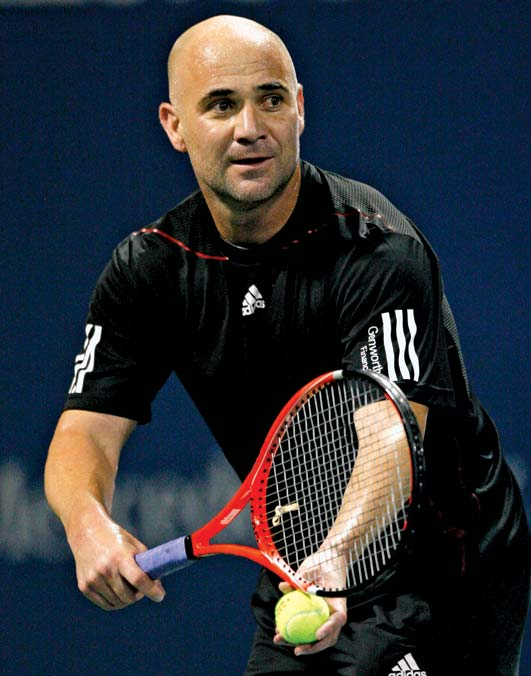
Andre Agassi, 2010
© Left Eyed Photography
Tennis champ and Olympic gold medallist Andre Agassi says “tennis is about problem-solving. You can't problem-solve unless you have the ability or the empathy to perceive all that surrounds you. The more you understand what the problem is through other people's lens the more you can solve for people—in life and in business.” (Andre Agassi, 2009)
British coach Calvin Betton describes problem-solving and interpersonal "soft" skills as 85% of the role.
“The truth is that only 15 per cent of coaching is about the mechanics of strokeplay,” Betton said in a recent interview. “There’s a lot of quiet guidance and support and mentoring that goes into the job". (Briggs, 2022)
Which begs the question, is Raducanu senior jeopardising his daughter’s ability to build supportive, creative relationships with the coaches who are there to help her problem solve?
Or is his strategy a wildly innovative approach, in a coaching industry that has been described as “unthinking, unchallenging and uncritical” (North, 2019).
Coaching research suggests that activities that might lead to new ideas, such as deliberate critical thinking, reflection and, collaboration beyond existing networks (Abraham and Collins, 2015) are often missing from coaching practice.
We also know that coaches tend to problem solve with very little external input.
In a survey of UK coaches (North et al., 2020) most coaches (61%) rely on their immediate network.
And a significant number of coaches (39%) did not reach out for any help at all (Fig. 1)
61%
of coaches use their immediate coaching environment,
i.e., their team and/or organisation, for additional input
39%
solved problems without external assistance, there was little evidence that the coaches solved problems in alternative ways
Fig 1. data from ‘An Empirical Examination of U.K. Coaches’ Issues and Problems, and Their Support and Advice Networks’, International Sport Coaching Journal,
IT'S ALWAYS BEEN DONE THIS WAY...
Other studies have reported that coaches often have higher levels of self-confidence but lower levels of self-awareness (North, 2019). This combination, coupled with a general lack of input from more diverse sources, can contribute to more habitual thinking and repetitive coaching practice.
The danger here is of getting stuck in an “I know best”-rut, relying on the “it’s always been done this way” mode of thinking and missing out on opportunities to explore new and more useful solutions.
This habitual thinking by coaches has been described as both “unaware” and “conservative” (North, 2019). An obvious consequence of relying on past habit, and the people nearest to you, is that many sports coaches continue to use traditional coaching techniques rather than explore and adopt new ones.
The National Centre for Creativity enabled by AI, has developed an app, Sport Sparks, specifically designed for coaches to apply creative problem solving strategies to their practice.
The app uses proprietary state of the art algorithms to search for new and highly relevant data and information.
It delivers these search results along with a broad range of creativity prompts that are specific to the challenge the coach is considering.
These tools enable the coach to think more broadly, to move out of their habitual thinking rut, and easily explore and implement atypical solutions.
The World Economic Forum is pretty clear that creativity and problem solving are two of the top five skills all organisations need most to compete in the 21st Century (Whiting, 2020). Sport coaching is not excluded from this requirement.
Coaches must apply creative problem solving processes to the increasingly cross-disciplinary and complex tasks they face, from planning and organising training, setting standards, to establishing clear roles and deciding how programmes should operate (Youngson, 2018).
Culturally, they are much less likely to change the status quo than professional managers in other industries.
To date there has been little wide-scale use of creative problem solving processes in coaching, despite their successful uptake in other sectors.
Maybe this is why Raducanu is finding it so hard to settle on a single coach?
THE CREATIVE PROCESS
Creative problem solving is best described as “a process, a method, a system, for approaching a problem in an imaginative way resulting in effective action” (Isaksen, Dorval and Treffinger, 2011, p. 26).

Creative Process, (Stickdorn & Schneider, 2012)
The creative process tends to revolve around four generally agreed stages - Exploration, Creation, Reflection, and Implementation (Stickdorn and Schneider, 2012; Csikszentmihalyi, M, 1997; Popova, 2013)
The Raducanu team are most certainly widely exploring all their coaching options. Indeed, Ian Raducanu is said to have a "constant thirst for information" by one tennis insider (Fuller, 2022).
This desire for new knowledge sees Raducanu Snr pushing hard against the traditions of establishing long-held coach/athlete relationships.
Patrick Mouratoglou famously coached Serena Williams for ten years.
Rafael Nadal has only had three coaches in his entire 20 year career, two of whom he still works with.
Current world number one women’s player Iga Świątekthey stuck with her coach for six years as she climbed the rankings.
And yet team Raducanu confidently change their coaches like other player change their socks.
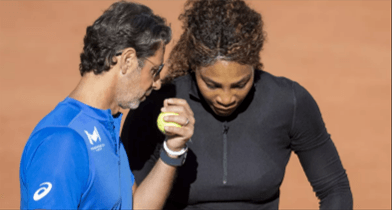
Patrick Mouratoglou and Serena Williams ©Getty Images
INSANITY OR INNOVATION?
Industry insiders describe the strategy as “whacky” (Fuller, 2022), former professional and Sky Sport commentator Barry Cowan says it is “alarming” and “a bit strange” (Gamble, 2022).
Maybe it is just new and uncharacteristic behaviour that the industry is finding so unsettling?
At the elite level, where there is little difference in technical ability, athletes win or lose on their decision making skills.
Having a creative problem solving approach, not just for the shots but also for the coaching strategy that supports her game, could make all the difference in Raducanu’s career.
It is most certainly a creative step-change from tradition, that has caused shock waves in the industry.
Tennis commentators and experts are wary of the ‘disposable’ coach approach, it has been described as “brutal” by BBC Sport (Fuller, 2022). Cowan is adamant that “you can't keep changing coaches every four or five months and think long term that's going to be a benefit” (Lynch, 2022)
However, considered through the lens of creative problem solving practice, it can be seen as a very credible, and innovative, approach to adopt.
LOOKING THROUGH A CREATIVITY LENS

Person Holding Camera Lens Showing Mountain by Scopio from NounProject.com
Currently the Raducanu team appear to be fully immersed in exploratory creativity – searching for information about a defined space and the rules that exist in that space (Boden, 2004).
In this case they are challenging the tradition that one maintains a coaching relationship for a long time.
Doing something different from the norm in this way can create a paradigm shift, described as transformational creativity - that is to say, coming up with something that is entirely surprising and unexpectedly out of context (Boden, 2004).
If Mr Raducanu is serious about applying creative problem solving to his daughter’s career, he might be well advised to try some other types of creativity.
Innovation also requires divergent (generating lots of alternatives) and convergent (bringing lots of information together) ideation techniques.
And, team Raducanu might benefit from another form of exploratory creativity, called combinational creativity, which is the process of making unfamiliar connections between familiar items in the pre-defined search space, using a different set of generative rules (Boden, 2004)
Alternatively, if they really want to ace it, they could just log on to our Sport Sparks app, which has all of this creative problem solving theory baked in and would do much of the heavy lifting for them!
Share this content

